How Coaching Works for the Exercise Professional

Wellcoaches created the animated movie How Coaching Works to explain health and well-being coaching when the field was in its infancy. Now with almost 2 million views, the video remains a useful illustration of the best qualities of a helping relationship. Let’s take a look at the psychological underpinnings of the cartoon, which will provide insight into useful […]
Honoring Dr. Barbara Drinkwater

On International Women’s Day, the American College of Sports Medicine (ACSM) celebrates the achievements and legacy of Barbara Drinkwater, Ph.D., FACSM, who led the field in its recognition and understanding of female athletes’ unique needs and experiences. Having joined ACSM in 1966, Dr. Drinkwater went on to become the college’s first president who was a […]
Is Serum 25(OH)D the Best Indicator of Vitamin D Status for Athletes?

Vitamin D plays an integral role in bone health through multiple direct and indirect mechanisms, including the regulation of calcium and phosphate metabolism. It is also well understood that severe vitamin D deficiency is associated with rickets in children and osteomalacia in adults. However, the relationship between vitamin D and bone is not straightforward. For […]
Honoring Dr. Priscilla Clarkson | International Women’s Day 2022

International Women’s Day 2022 will be celebrated on Tuesday, March 8th with a theme of breaking down bias, stereotypes and discrimination. The early years of exercise science and sports medicine were dominated by men, as were many of the sciences. There were, of course, exceptional early female pioneers in our discipline, including (but not limited to) […]
Honoring Dr. Josephine Rathbone

Dr. Josephine Langworthy Rathbone: A Role Model for Contemporary Women in Sports Medicine Many ACSM members have heard the name, Josephine Langworthy Rathbone, Ph.D., but do not know who she was. Dr. Rathbone was a founder of ACSM, the only woman among the group of 11. Some have suggested she was present because she was […]
Tips to Help Start a Heart-Healthy Lifestyle
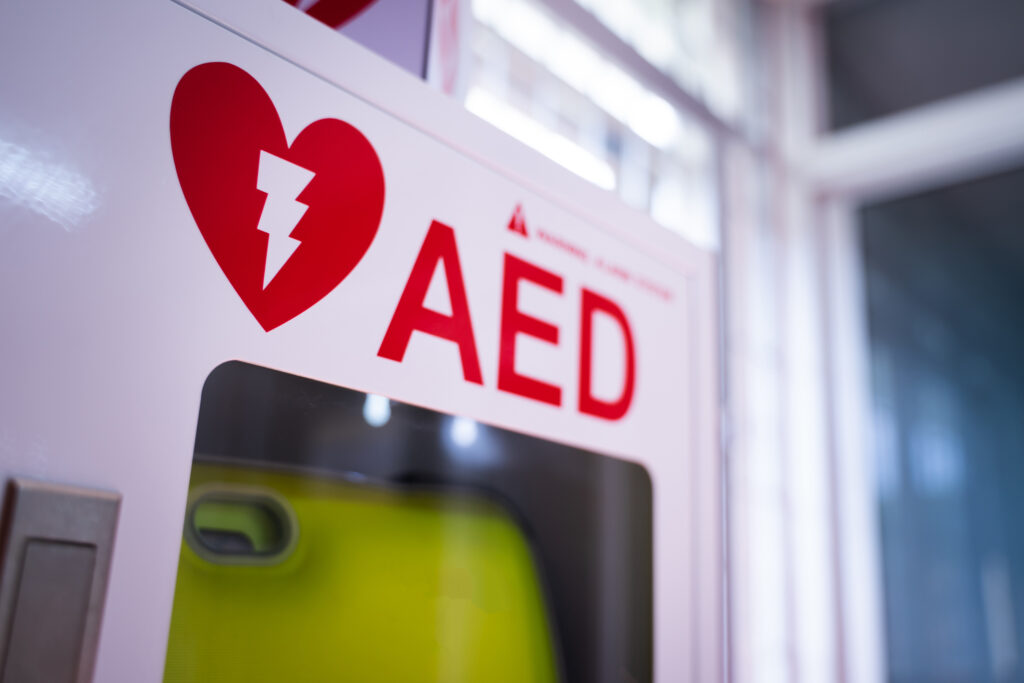
Heart Health Starts Early! Lifestyle Matters With COVID-19 on our minds so much these days, it is easy to forget that people are still dying of cardiovascular disease (CVD). The new heart disease and stroke statistics are out for 2022, and there is some good news and bad news (Tsao et al., Circulation, 2022). Let’s […]
Focus on Eccentric Loading for Enhancing Muscular Adaptation to Training
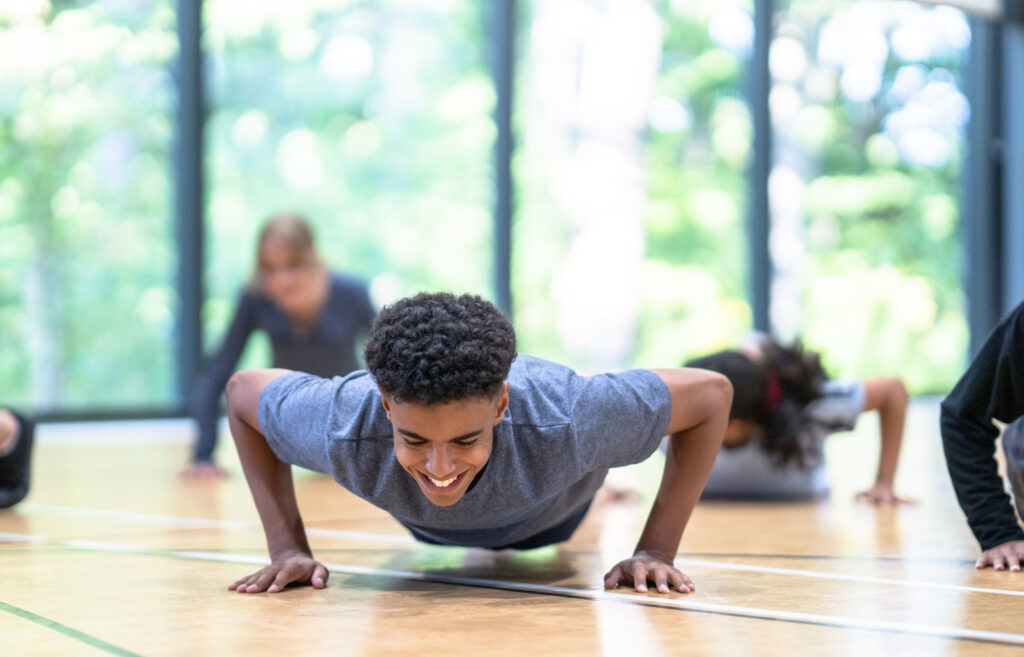
Resistance exercise is a fundamental aspect of athletes’ training programs, especially in sports where force- and power-production capabilities are keys for elite performance. In traditional strength-training programs, equal absolute load is applied during both the concentric and eccentric phases of muscle contraction. Skeletal muscle is capable of 30%, or more, force production during maximum eccentric […]
More Than Head Trauma: Understanding Factors Related to Negative Health Outcomes in Former Football Players
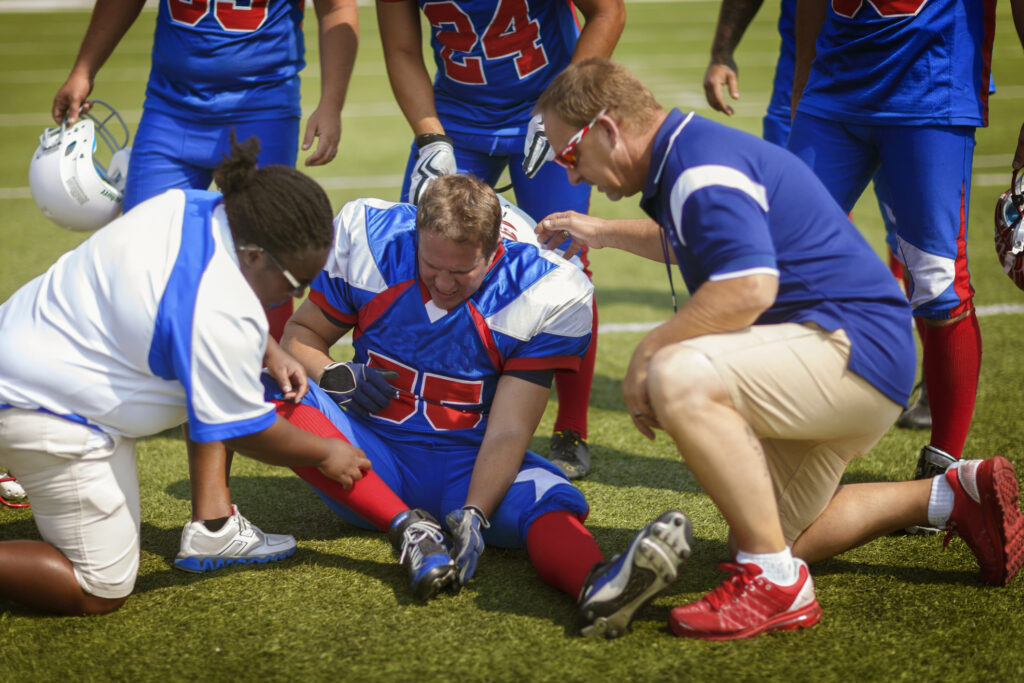
The long-term effects of sport-related head trauma have gained notable attention from the scientific community, sport governing bodies, and the mainstream media in the past two decades. Concussions and repetitive head impacts that do not result in clear clinical signs and symptoms have been investigated as risk factors for worse health-related outcomes in later life. […]
Muscle and Cancer: Outcomes and Expectations
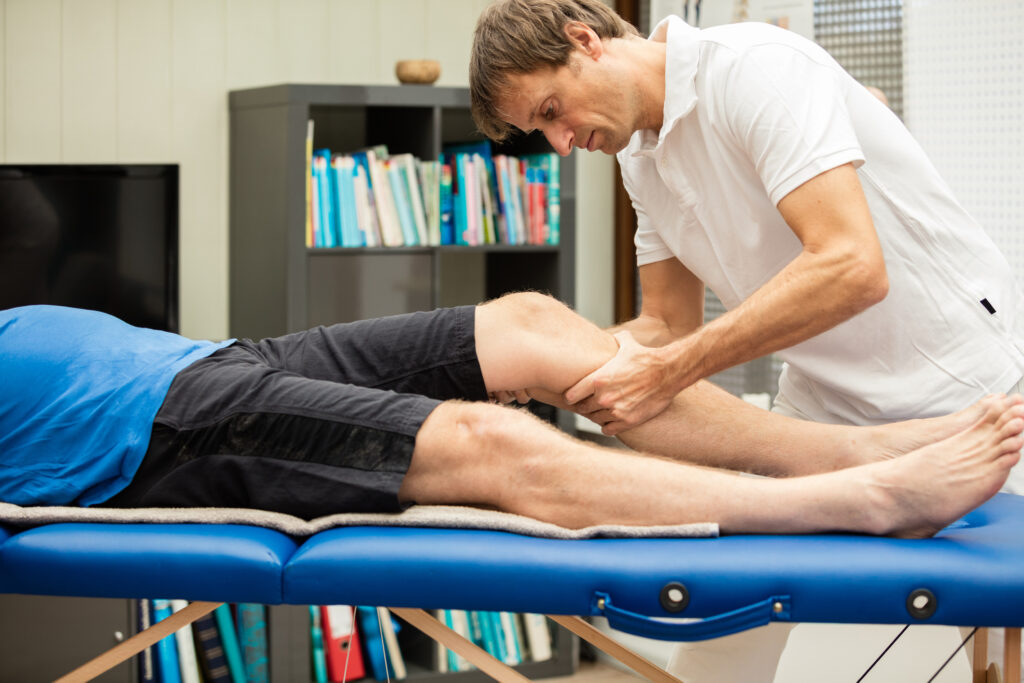
Low muscle and prognosis The question of muscle and cancer is one of the most fascinating and rapidly growing areas of exercise oncology. Dr. Carla Prado is considered one of the godmothers of this field: Her 2007 study identified low lean body mass as a predictor of chemotherapy toxicity in individuals with colon cancer. Since then, […]
Exercise, Type 2 Diabetes and Communities of Color

ACSM’s February release of its new consensus statement on type 2 diabetes (T2D) and physical activity is timely for Black History Month 2022 — communities of color disproportionately bear the burden of overweight/obesity and diabetes, likely due in large part to social and environmental factors. For instance, we know that a reduction in physical education […]
